Red Imported Fire Ants
- Article
- Red Imported Fire Ants
Red Imported Fire Ants
Scientific name: Solenopsis invicta
How to identify red imported fire ants
Red Imported Fire Ants (Solenopsis invicta) are coppery brown in colour. Nests will show a mix of sizes being 2-6mm in length. Workers measure between 2.4 and 6.0 mm. Queens have a head length of 1.27 to 1.29 mm and a width of 1.32 to 1.33 mm. Eggs are tiny and oval-shaped, remaining the same size for around a week. After one week, the egg assumes the shape of an embryo and forms as a larva when the egg shell is removed. Larvae measure 3 mm
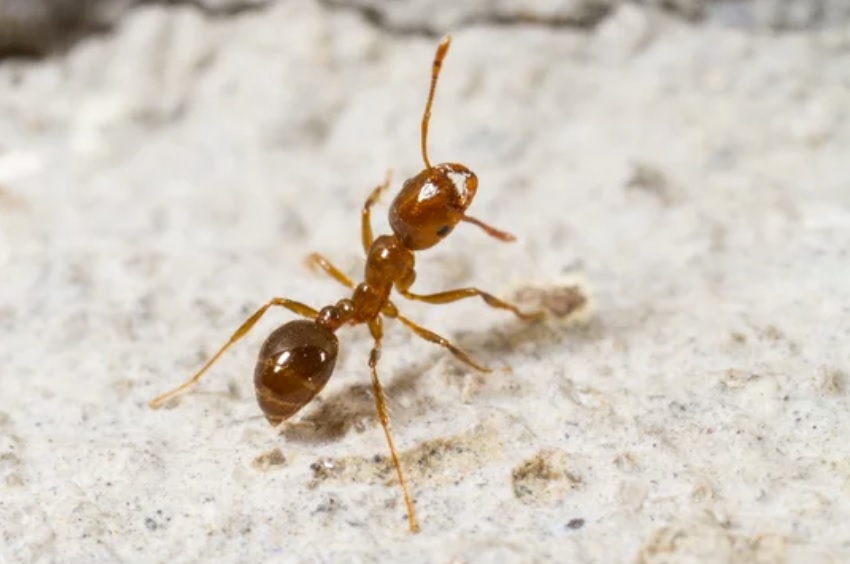
Where are red imported fire ants commonly found?
Red Imported Fire Ants thrive in urban areas, especially in backyards, golf courses, parks, recreational areas, school grounds, and street verges. In residential areas, look for the loose mounds of dirt with no obvious entry or exit holes in and around, lawns, footpath edges, garden beds, near taps and utility pits. On rural properties, they can be found around dams, along the edges of cultivated land, crop land post-harvest, along fence lines, in and around piles of organic matter.
Why are red imported fire ants considered a pest?
Red Imported Fire Ants are known to have a strong, painful, and persistent irritating sting that often leaves a pustule on the skin. An animal, including humans, typically encounters them by inadvertently stepping into one of their mounds, which causes the ants to swarm up the legs, attacking en masse. The ants respond to pheromones released by the first ant to attack and sting in concert, often killing smaller animals by overloading their immune systems.
Fire ants are excellent natural predators and are biological controls for pests such as the sugarcane borer, the rice stink bug, the striped earwig, aphids, the boll weevil, the soybean looper, the cotton leaf worm, the hornfly, and many other pests harmful to crops. However, they also kill beneficial pollinators, such as ground-nesting bee species. Seeds, fruits, leaves, roots, bark, nectar, sap, fungi, and carrion are all fire ant prey, and they are not shy about creating their own carrion, either. They are proficient enough at overwhelming intruders that they can virtually clear an area of invertebrates, lizards, and ground-dwelling birds.
They are a pest, not only because of the physical pain they can inflict, but also because their mound-building activity can damage plant roots, lead to loss of crops, and interfere with mechanical cultivation. It is not uncommon for several fire ant mounds to appear suddenly in a suburban yard or a farmer's field, seemingly overnight. Their stings are rarely life-threatening to humans and other large animals, causing only 80 documented deaths as of 2006. However, they often kill smaller animals, such as birds. They sometimes kill newborn calves if they do not get on their feet quickly enough. The sting of the RIFA has venom composed of a necrotizing alkaloid, which causes both pain and the formation of white pustules that appear one day after the sting.
They represent a seious threat to health, environment and economy, causing painful bites to people, pet and livestock. The venom can cause a wide variety of symptoms in humans from pustule sores, to eczema to anaphylactic shock.
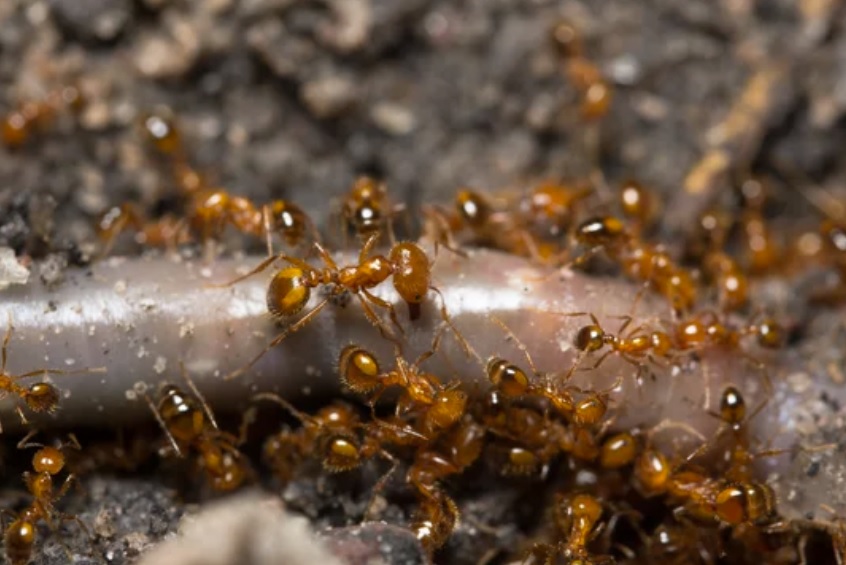
What is the biology and lifecycle of red imported fire ants?
Studies have been conducted on the sex ratios exhibited within colonies of RIFAs. More specifically, it was observed that the queen actually predicts the sex ratios. In an experiment, 24 field colonies were selected with highly biased sex ratios in a monogyne population. Eleven of these colonies were male specialists, and 13 were female specialists exchanging queens, twenty-two of the 24 colonies accepted the foreign queen, and 21 of these colonies produced a new batch of reproductive 5 weeks later.
It has been observed that RIFAs workers not only tend to queens indiscriminately, but they also indiscriminately attack them. After temporary cooperation associations end between queens, a queen who produced more workers gained no advantage over the less productive queens. Queens producing diploid males reared fewer offspring but were as likely to survive as queens producing only workers. It would have been assumed that if workers controlled queen mortality, they would be expected to discriminate in favour of their mother, therefore increasing their inclusive fitness.
Management Tips For Red Imported Fire Ants
The key to fire ant control is to locate all mounds and treat them and then prevent their reoccurrence.
Mounds can be treated by drenching with liquid insecticides or by baits containing Fipronil. Fipronil is carried by back to the ant mounds by the workers and then fed to the ant population. Fipronil is then spread throughout the colony by means of food sharing by the worker ants. This slowly wipes out the entire population including the queens.
Fipronil is non-repellent to the ants, which means that they cannot sense that there is a pesticide, or toxicant present, which greatly encourages feeding and the consumption of the bait. An outdoor perimeter application of a liquid insecticide helps to prevent their entry into homes.
PRODUCT SOLUTIONS
-
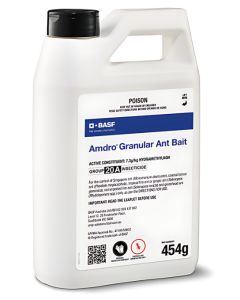 Amdro Granular Ant Bait 454g7.3g/kg Hydramethylnon
Amdro Granular Ant Bait 454g7.3g/kg HydramethylnonAmdro Ant Granules is an effective granular bait insecticide that controls ants the only sure way - by eliminating the Queen. Fast acting to ants including specific destructive ant species, namely Singapore Ant, Coastal Brown Ant, Tropical Fire Ant (Ginger Ant), Red Imported Fire Ant and Green-head Ant.
-
 Coopex Dust Insecticidal Dusting Powder10g/kg Permethrin
Coopex Dust Insecticidal Dusting Powder10g/kg PermethrinCoopex Dust Insecticidal Dusting Powder is registered for the control of cockroaches, ants, fleas, silverfish and bed bugs in and around domestic and industrial premises, food preparation and storage areas. Also for control of mushroom flies in mushroom housing and bees in wall cavities.
-
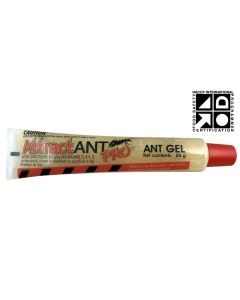 Attractant PRO Ant Gel Bait 50g0.5g/kg Indoxacarb
Attractant PRO Ant Gel Bait 50g0.5g/kg IndoxacarbAttractant PRO Ant Gel is formulated for the control of major pest ants including Argentine ant, Black house ant, Coastal brown ant, Ghost ant, Hairy ant/Crazy ant, Pedicel ant, Pennant ant, Pharaoh’s ant, Red imported fire ant, Sugar ant.
-
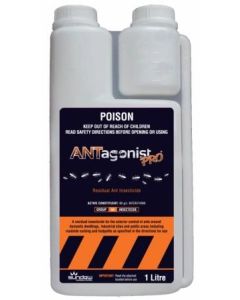 Antagonist Pro Insecticide80g/L Bifenthrin
Antagonist Pro Insecticide80g/L BifenthrinANTagonist PRO insecticide is a suspension concentrate formulation containing a Polymer Enhanced Synthetic Pyrethroid approved for the treatment of ants, spiders, wasps, cockroaches, mosquitoes, midges, fleas, flies, ticks, termites and turf pests including lawn armyworms, sod webworms, argentine stem weevil, billbug, African black beetle, ants and ornamental pest including mites, aphids, caterpillars, loopers, earworm, budworm, light brown apple moth, whitefly, mealybug, thrips and cutworms.
-
 Demand Duo Insecticide 750mL38g/L Lambda-Cyhalothrin, 125g/L Thiamethoxam
Demand Duo Insecticide 750mL38g/L Lambda-Cyhalothrin, 125g/L ThiamethoxamDemand Duo Insecticide is a general pest spray that controls a wide range of pests, simply and effectively. The unique ZC formulation combines a suspension concentrate (SC) of Thiamethoxam and capsule suspension (CS) of Lambda-cyhalothrin. It is registered for the control of pests including ants, bedbugs, cockroaches, fleas, flies, portuguese millipedes, paper wasps, spiders and more.
Out of stock -
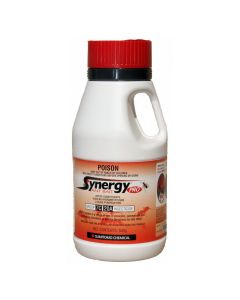 Synergy Pro Ant Bait 500gm3.65g/kg Hydramethylnon, 2.5g/kg Pyriproxyfen
Synergy Pro Ant Bait 500gm3.65g/kg Hydramethylnon, 2.5g/kg PyriproxyfenSynergy Pro Ant Bait 500gm is a granular ant bait registered for the control of a range of ants in domestic, commercial and agricultural situations.
-
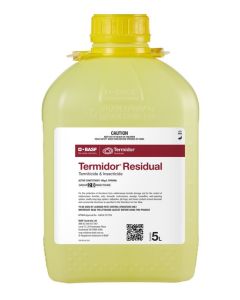 Termidor SC Residual Termiticide100g/L Fipronil
Termidor SC Residual Termiticide100g/L FipronilTermidor SC Residual Termiticide and Insecticide provides superior levels of control across subterranean termites, ants, cockroaches, spiders, and flies.
-
 SAS Pro Fipronil Granule Ant Killer0.25g/kg Fipronil
SAS Pro Fipronil Granule Ant Killer0.25g/kg FipronilSAS PRO® Professional Granule Ant Killer is a 0.25 g/kg Fipronil-based, specially graded silica carrier granule for use in the control of Red Imported Fire Ants, Yellow Crazy Ants, Funnel Ants, Nuisance ants and Argentine stem weevil, in external surrounds of buildings and structures including gardens, lawns, ant nests & trails, and commercial turf farms, parks, recreational areas, golf courses, bowling greens, sports fields and more.
-
 Tempo Residual Insecticide 1L25 g/L betacyfluthrin
Tempo Residual Insecticide 1L25 g/L betacyfluthrinTempo Residual Insecticide is a fast-acting, knock-down, broad-spectrum insecticide for general insect control in domestic and commercial situations, as well as for the control of pest insects of turf and ornamental plants.
JOIN OUR NEWSLETTER NOW!
Be the first to hear about the latest specials, products, tips and ideas.

